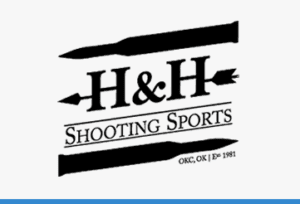The Remington 1100 also makes an excellent tactical platform. Author’s tactical team has a customized short barrel model as part of its SRT team equipment. This 1100 Tactical features a fixed pistol grip synthetic stock, 6-round extended mag tube, bead sights, an enlarged tactical charging handle and sling swivel mounts.
Any semi-automatic shotgun gives you one big advantage over pumps: the ability for double-tap, rapid fire shots.
 The 8-shot SPX version of the Mossberg 930 Tactical, in addition to the extended magazine tube, features a standard style stock, tall AR-15-style sights with a red light gathering front sight tube, fully adjustable rear sight and a section of picatinny rail on top of the receiver for mounting optical sights.
The 8-shot SPX version of the Mossberg 930 Tactical, in addition to the extended magazine tube, features a standard style stock, tall AR-15-style sights with a red light gathering front sight tube, fully adjustable rear sight and a section of picatinny rail on top of the receiver for mounting optical sights.
While I played around with my 870 pump while shooting clays for a period of time, I later switched to the M2 tactical.
I could run the pump pretty good, but not like I could the auto. For serious clays competitors, there is no question; they use a semi-auto or, even faster, an over/under double barrel.
A two shot limit for the double gun doesn’t matter here, since in sporting clays there are only two birds thrown at any given time.
Combine this capability with an extended magazine tube in a tactical shotgun and you can send a lot of lead (in California, copper) down range in a short amount of time, and in the case of a gas gun, keep reasonable control of the recoil generated by those rounds to boot.
Here’s what may be the biggest advantage of a semi-auto shotgun. For those who have trouble remembering to work the action of a pump each time they want to fire it, there is no such issue with the semi-auto shotgun.
Even if under stress, all that needs to be done is cycle the bolt of the semi-auto to chamber a round and cock the firing system. Then, make sure the safety is off and begin launching rounds downrange. Nothing much else to worry about.
This article is an excerpt from the The Gun Digest Book of the Tactical Shotgun.
What do you think? Do you prefer a pump-action, double-barrel or autoloader for a tactical shotgun and why? Leave your comments below.


